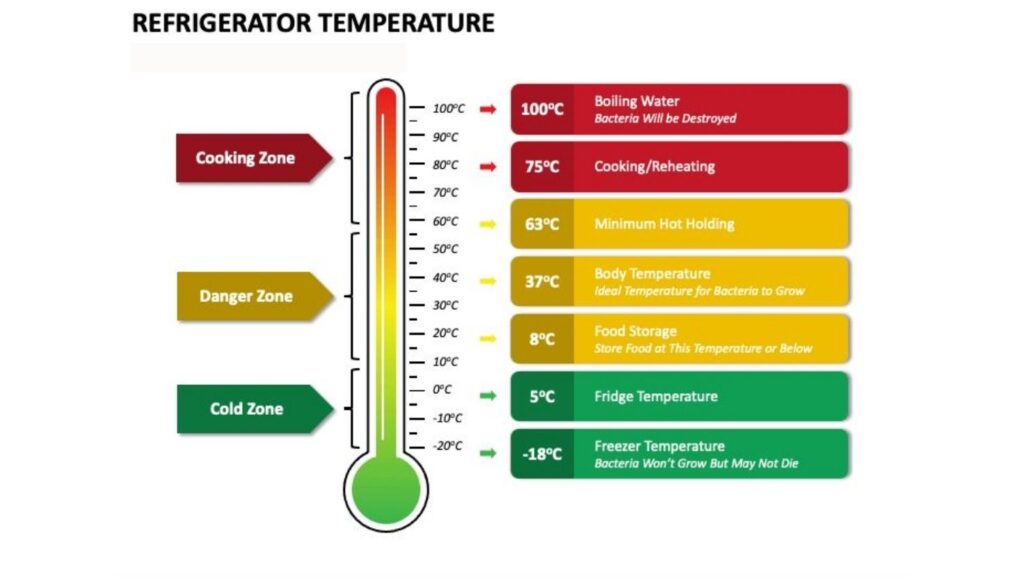Discovering a cracked egg in your carton prompts a common kitchen dilemma: is it safe to eat or should it be discarded? While the answer depends on when and where the crack occurred, food safety experts urge caution due to the risk of bacterial contamination, primarily from Salmonella.
Key Safety Guidelines for Cracked Eggs
| Situation | Safety Guideline |
| Crack Occurs After Purchase | Break into a clean, covered container. Refrigerate immediately. Use within 2 days, cooked thoroughly. |
| Purchased with a Crack | Discard the egg. Do not purchase cartons with cracked eggs. |
| Cooking Requirement | Cook until both yolk and white are firm, or to an internal temperature of 160circF (71circC). |
| Signs of Spoilage | Discard if the egg appears slimy, powdery, or has an unpleasant odor. |
The Primary Risk: Bacterial Contamination
The primary concern with a cracked egg is its vulnerability to bacteria. An eggshell serves as a natural, porous barrier, protected by a thin outer layer called the bloom or cuticle. When this shell is compromised, it creates an entry point for harmful pathogens.
The most significant of these is Salmonella, a bacterium that can colonize the outside of a shell and penetrate through cracks. “Even a hairline crack on an egg is large enough for bacteria to enter,” stated a consumer safety bulletin from the U.S. Department of Agriculture (USDA). Once inside, bacteria can multiply rapidly, especially if the egg is left at room temperature.
According to the U.S. Food and Drug Administration (FDA), while modern egg production has reduced contamination, the Salmonella risk persists. The agency estimates that Salmonella causes about 1.35 million infections, 26,500 hospitalizations, and 420 deaths in the United States every year, with contaminated food being the primary source.
When a Cracked Egg May Be Salvageable
While the default advice is caution, there is a specific scenario where a cracked egg might be safely consumed.
If the Crack Occurs After Purchase
- If you accidentally crack an egg on the way home from the store or by dropping it in your kitchen, the USDA advises it can be saved if handled properly. The key is to act quickly to limit bacterial exposure.
- The official recommendation is to break the cracked egg into a clean, airtight container. The container should be sealed tightly and stored in the refrigerator at a temperature of 40circF (4circC) or below. Under these conditions, the egg should be used within two days.
The Critical Role of Thorough Cooking
Whether the egg was cracked or not, proper cooking is essential for food safety. For a previously cracked egg, it is non-negotiable. The Centers for Disease Control and Prevention (CDC) states that eggs must be cooked until both the yolk and the white are firm.
For dishes containing eggs, such as casseroles or quiches, the internal temperature must reach 160circF (71circC). This temperature is sufficient to kill any Salmonella bacteria that may be present. Using a previously cracked egg in preparations that are served raw or runny, such as homemade mayonnaise, tiramisu, or sunny-side-up eggs, is strongly discouraged.
When to Absolutely Discard a Cracked Egg
In several situations, the risk of consuming a cracked egg outweighs any potential benefit, and it should be thrown away immediately.
Cracks Found at the Point of Sale
- Consumers should always inspect egg cartons before purchasing them. “Never buy cracked eggs,” warns the FDA. “If eggs crack on the way home from the store, break them into a clean container, cover them tightly, keep refrigerated, and use within 2 days.”
- The reasoning is that it is impossible to know when the crack occurred or what contaminants the egg was exposed to in transit or at the store. If the protective membrane beneath the shell is also broken, the egg is even more susceptible to contamination.
Any Signs of Spoilage
If a cracked egg feels slimy or sticky, or if a powdery substance is visible around the crack, it could be a sign of mold. Furthermore, any egg—cracked or not—that emits a foul or “off” odor upon being broken should be discarded immediately. These are clear indicators of spoilage.
Best Practices for Safe Egg Handling
Beyond dealing with a single cracked egg, proper egg handling is crucial for preventing foodborne illness. Food safety agencies recommend several best practices:
- Inspect and Store: Always check eggs for cracks before buying. Store them in their original carton in the main part of the refrigerator, not in the door where temperatures fluctuate more.
- Keep Cold: Refrigerate eggs as soon as possible after purchase and maintain a refrigerator temperature at or below 40circF (4circC).
- Wash Hands: Wash hands, utensils, equipment, and work surfaces with hot, soapy water before and after they come into contact with raw eggs.
- Serve Promptly: Cooked eggs and dishes containing them should not be left at room temperature for more than two hours (or one hour if temperatures are above 90circF or 32circC).
Dr. Benjamin Chapman, a professor and food safety specialist at North Carolina State University, often emphasizes that vulnerable populations—including children, older adults, pregnant individuals, and those with weakened immune systems—should be especially diligent, as they are at higher risk for severe illness from Salmonella.

Ultimately, the decision to use a cracked egg comes down to a risk assessment. While one cracked on the kitchen counter can often be salvaged with prompt and proper care, those of unknown origin from the store present a risk that public health officials agree is not worth taking.


 The Surprising Foods for Better Sleep Backed by Science
The Surprising Foods for Better Sleep Backed by Science Expert-Backed Mediterranean Diet Food List Focuses on Whole Foods and Healthy Fats
Expert-Backed Mediterranean Diet Food List Focuses on Whole Foods and Healthy Fats A Guide to Healthy Complex Carbohydrates for Stable Blood Sugar and Sustained Energy
A Guide to Healthy Complex Carbohydrates for Stable Blood Sugar and Sustained Energy Cardiologists Recommend Plant-Based Foods for Optimal Heart Health, Citing Research
Cardiologists Recommend Plant-Based Foods for Optimal Heart Health, Citing Research